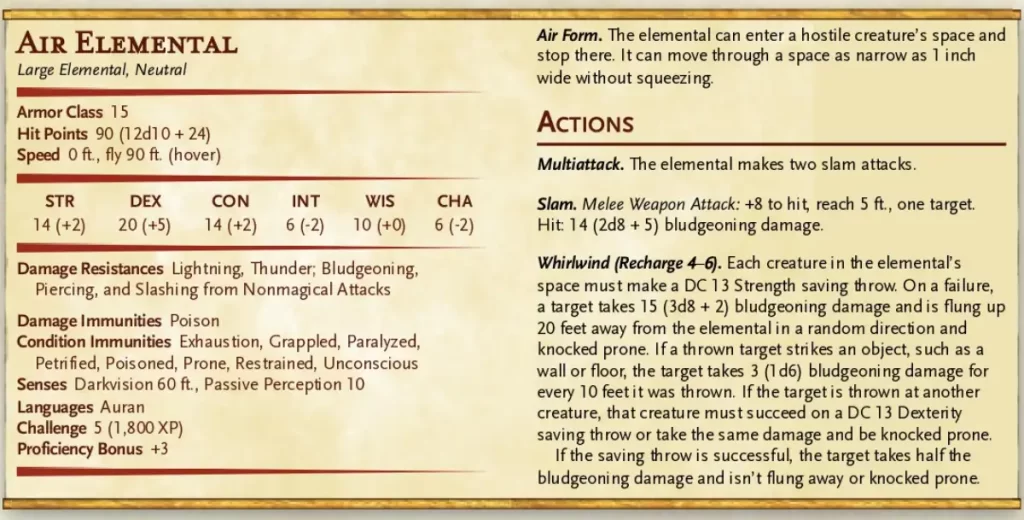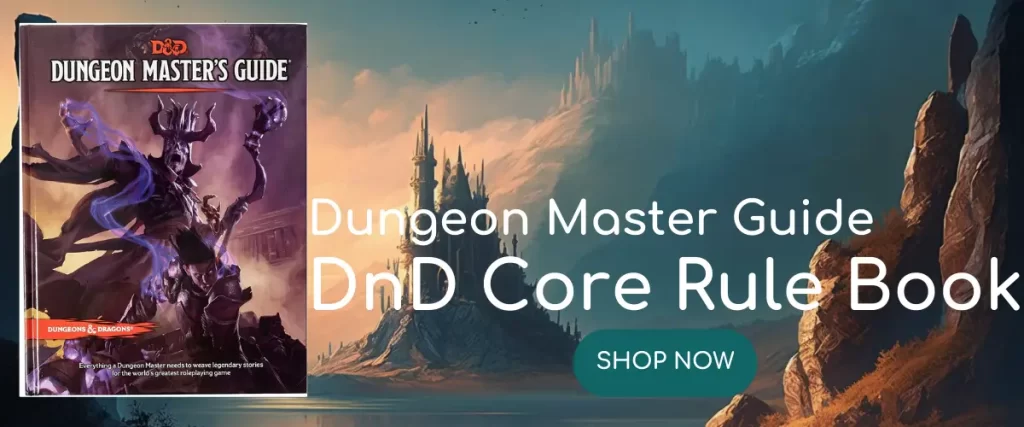The Ultimate Guide to This Fearsome Creature
The Air Elemental in D&D 5e is a powerful force of nature, capable of unleashing devastating attacks and wreaking havoc on the battlefield. This elemental being is composed entirely of air, making it impervious to most physical attacks and allowing it to move with unparalleled speed and agility.
In this article, we will explore the many facets of the Air Elemental in D&D 5e, from its abilities and weaknesses to tips and strategies for summoning and controlling it in your campaigns.
What is an Air Elemental in D&D 5e?
An Air Elemental is a creature composed entirely of air, with no discernible form or features. It is typically summoned through magic or ritual, and can be controlled by its summoner to unleash devastating attacks on the battlefield.
How to Summon an Air Elemental in D&D 5e?
To summon an Air Elemental in D&D 5e, a spellcaster must possess the ability to cast the Conjure Elemental spell. This spell requires a high level of proficiency in the magic arts and a significant amount of magical energy. Once summoned, the Air Elemental can be commanded to perform a variety of tasks, such as attacking enemies or scouting ahead.
Abilities and Weaknesses of an Air Elemental in D&D 5e
The Air Elemental in D&D 5e possesses a range of powerful abilities, including the ability to fly, move with incredible speed and agility, and unleash devastating wind attacks. However, it is also vulnerable to certain types of attacks, such as spells that manipulate or control air, as well as lightning-based attacks.
Tips and Strategies for Controlling an Air Elemental in D&D 5e
Controlling an Air Elemental in D&D 5e can be a challenging task, but with the right strategies and techniques, it can become a powerful asset in your campaigns. Some tips for controlling an Air Elemental include:
- Giving clear and concise commands to the elemental
- Keeping the elemental under close supervision to prevent it from becoming a danger to allies
- Pairing the elemental with other units to maximize its effectiveness on the battlefield
Air Elemental Variants in D&D 5e
In addition to the standard Air Elemental, there are also several variants of this creature in D&D 5e. These variants possess unique abilities and strengths, and can be summoned in different ways. Some examples of Air Elemental variants include:
- Elder Air Elemental: A more powerful version of the standard Air Elemental, with enhanced speed and wind-based attacks.
- Invisible Stalker: A stealthy variant of the Air Elemental that can become invisible and move silently.
- Djinni: A powerful genie-like creature that can control air and grant wishes.
FAQ: The Adult Black Dragon in D&D 5e
Yes, Air Elementals are vulnerable to spells that manipulate or control air, such as Gust of Wind or Control Winds.
The duration of an Air Elemental’s summoning depends on the spellcaster’s proficiency and the amount of magical energy used. Typically, it can remain summoned for up to an hour, after which it will return to its elemental plane.
No, Air Elementals are creatures of pure elemental energy and have no capacity for reason or negotiation. They can only be commanded and controlled through magical means.
Yes, Air Elementals can be used for transportation in D&D 5e. Their ability to fly and move at high speeds makes them ideal for carrying allies across great distances, although they can only carry a limited amount of weight.
Conclusion
In conclusion, the Air Elemental in D&D 5e is a powerful and versatile creature that can be a valuable asset to any campaign. From its speed and agility to its devastating wind attacks, the Air Elemental is a force to be reckoned with on the battlefield. However, summoning and controlling an Air Elemental requires a high level of magical proficiency and careful strategy. By understanding the strengths and weaknesses of the Air Elemental and following the tips and strategies outlined in this article, you can harness the full power of this elemental force and unleash it to devastating effect. So, go ahead and unleash the power of the Air Elemental in your next D&D 5e campaign!

Author - Jonas Nietzsch
Jonas created dungeon-heaven.com in 2022 with the idea of providing useful information to Dungeons and Dragon Players all around the world. He used to be a Dungeon Master and D&D Player. His favorite class is a wizard as it provides the most unique play style for him.



















